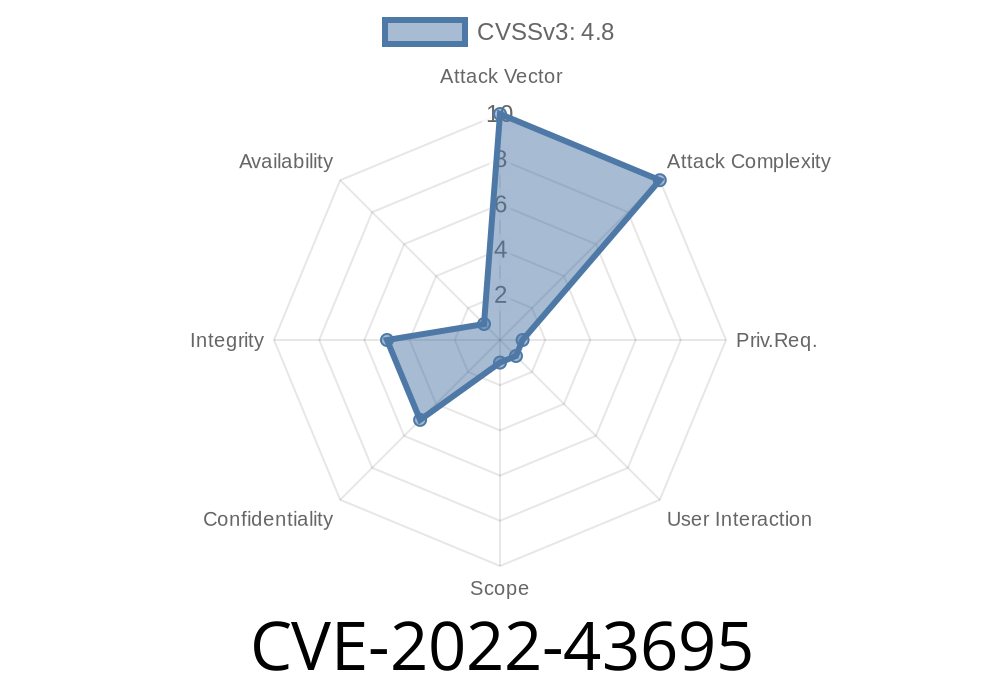Concrete CMS (formerly concrete5) is a widely used open-source Content Management System (CMS) for building responsive websites. However, certain versions of the platform (versions 9.. to 9.1.2) and versions below 8.5.10 are vulnerable to Stored Cross-Site Scripting (XSS). This vulnerability exists within dashboard/system/express/entities/associations, where Concrete CMS allows an association with an entity name that doesn't exist, or if it does exist, contains XSS due to improper sanitization.
Exploit Details
The issue occurs when an attacker is able to inject malicious code, usually JavaScript, inside the entity name or association that Concrete CMS users interact with. The malicious code gets executed when the user visits the affected page in the dashboard, potentially causing various issues including stealing sensitive information, session hijacking, or further exploitation of the website.
Code Snippet
To illustrate, an attacker injects a malicious script like the following within the entity name or association:
<script>alert('XSS')</script>
When a user visits the affected page within the dashboard, the script is executed, causing the victim to be vulnerable to a variety of attacks.
For more technical details, refer to the original references
1. CVE-2022-43695
2. Concrete CMS Release Notes
Remediation
Updating Concrete CMS to version 9.1.3+ or 8.5.10+ is recommended as the most effective way to remediate the vulnerability. These versions include the necessary security fixes to address the stored XSS vulnerability.
To update, follow the instructions outlined in the official Concrete CMS documentation.
Conclusion
Vulnerabilities like Stored Cross-Site Scripting (XSS) can potentially allow attackers to compromise entire web applications if not properly addressed. Updating Concrete CMS to the latest version is essential to ensuring that your platform remains protected. Always review the release notes and follow best practices for securing your website to minimize these types of threats.
Timeline
Published on: 11/14/2022 23:15:00 UTC
Last modified on: 11/17/2022 04:59:00 UTC
